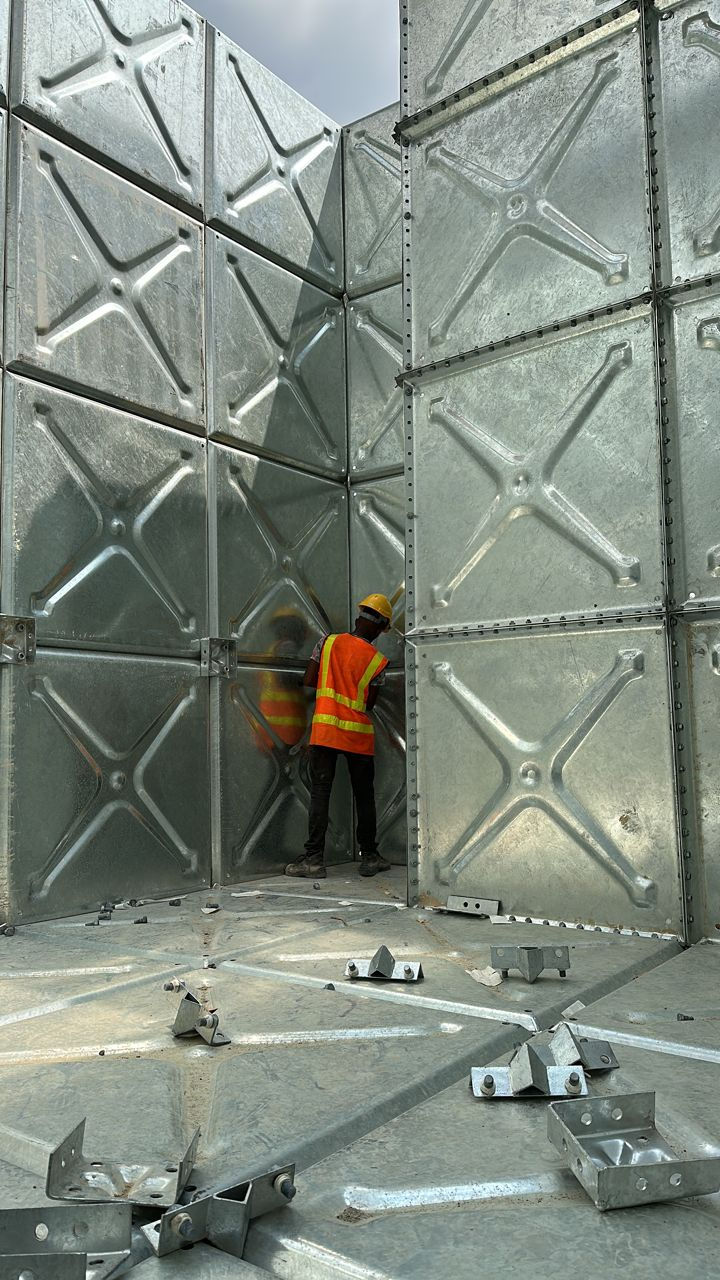Facility Maintenance and Energy Efficiency
- HST Engineering Team
- Feb 27, 2023
- 3 min read
Facility maintenance and energy efficiency are two key components of sustainable development in Malaysia. Efficient energy use and facility maintenance practices can help to reduce operating costs, improve the performance of buildings, and minimize the environmental impact of these buildings. In this blog post, we will explore the importance of facility maintenance and energy efficiency in Malaysia and some of the strategies that can be employed to achieve these goals.

The Importance of Facility Maintenance
Facility maintenance involves the upkeep and repair of a building and its equipment to ensure that it is functioning properly and efficiently. Proper facility maintenance can help to extend the lifespan of a building and its components, as well as improve the safety and comfort of the occupants. Neglecting maintenance can lead to costly repairs, reduced energy efficiency, and even safety hazards.
In Malaysia, facility maintenance is particularly important due to the country's tropical climate, which can be harsh on buildings and equipment. High temperatures and humidity can cause damage to building materials, and regular maintenance is necessary to ensure that equipment such as air conditioning units and ventilation systems are functioning efficiently.
The Importance of Energy Efficiency
Energy efficiency is also crucial for sustainable development in Malaysia. The country's energy demand has been increasing rapidly in recent years, and this trend is expected to continue. Improving energy efficiency can help to reduce energy consumption, lower operating costs, and decrease greenhouse gas emissions.
In addition, energy efficiency can also improve the comfort of occupants by reducing the need for air conditioning and ventilation systems. This is particularly important in Malaysia, where air conditioning is often necessary due to the hot and humid climate.
Strategies for Facility Maintenance and Energy Efficiency in Malaysia
There are several strategies that can be employed to achieve facility maintenance and energy efficiency in Malaysia. These include:
Regular Maintenance and Inspection: Regular maintenance and inspection of buildings and equipment can help to identify potential problems before they become more serious and costly. This can include checking air conditioning units, ventilation systems, and other equipment to ensure that they are functioning properly.
Use of Energy-Efficient Equipment: The use of energy-efficient equipment, such as LED lighting and energy-efficient air conditioning units, can help to reduce energy consumption and lower operating costs. These equipment can be more expensive initially, but they can save money in the long run.

Building Automation Systems: Building automation systems can help to optimize energy consumption by controlling lighting, heating, and cooling systems based on occupancy and other factors. These systems can be programmed to automatically turn off lights and adjust temperature settings when a room is unoccupied.
Education and Awareness: Educating occupants and building managers about the importance of facility maintenance and energy efficiency can help to promote sustainable practices. This can include providing training on how to properly use equipment and encouraging occupants to turn off lights and unplug electronics when not in use.
Conclusion
Facility maintenance and energy efficiency are essential components of sustainable development in Malaysia. Proper facility maintenance can help to extend the lifespan of a building and its components, while energy efficiency can reduce energy consumption and lower operating costs. Employing strategies such as regular maintenance and inspection, the use of energy-efficient equipment, building automation systems, and education and awareness can help to achieve these goals. By prioritizing facility maintenance and energy efficiency, Malaysia can create a more sustainable and resilient built environment for the future.



Comments